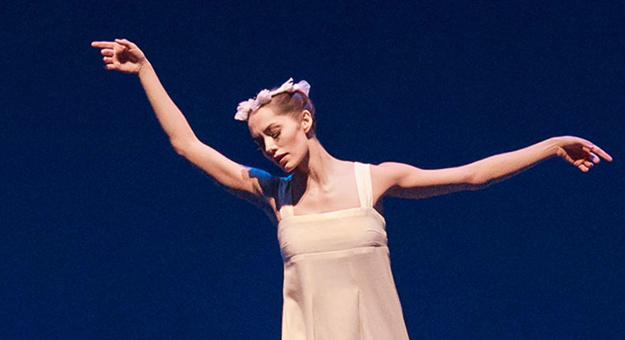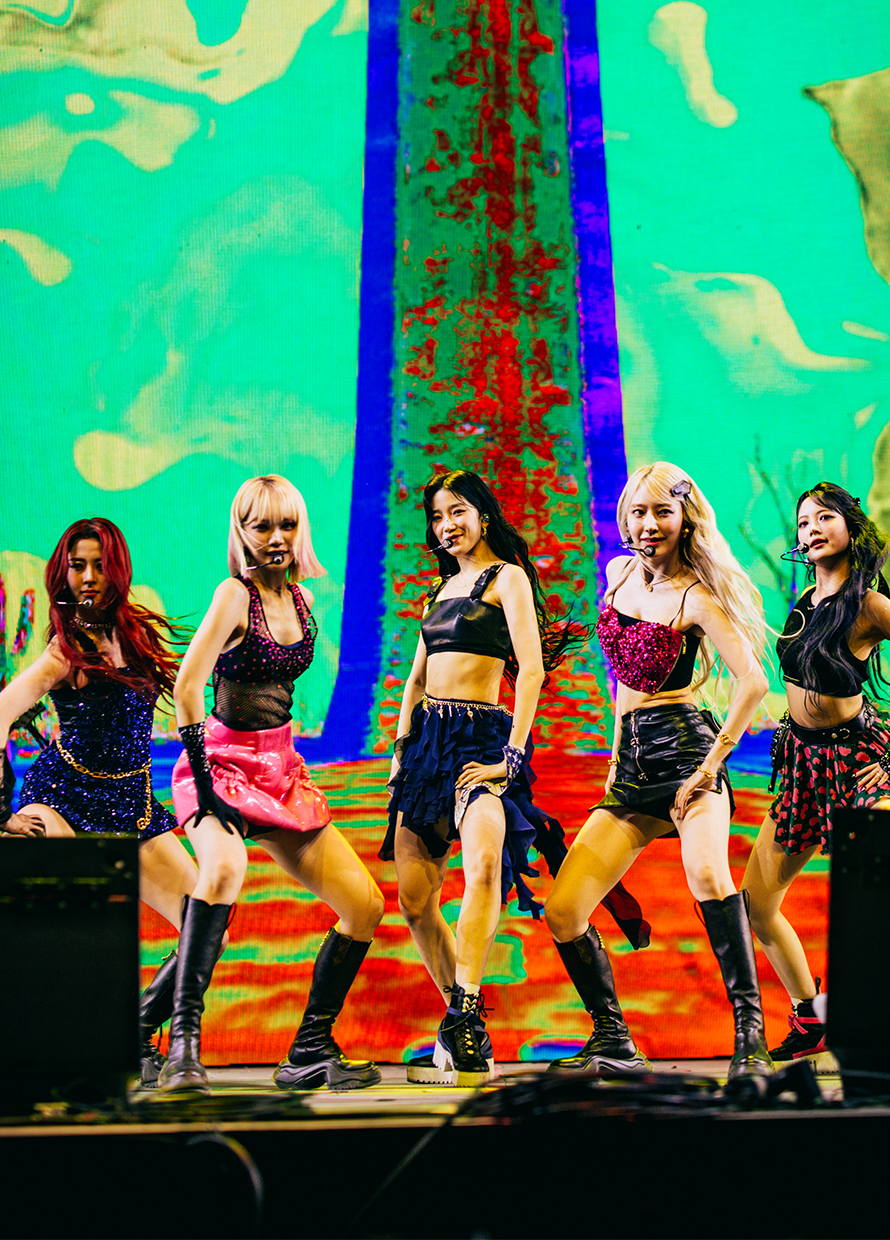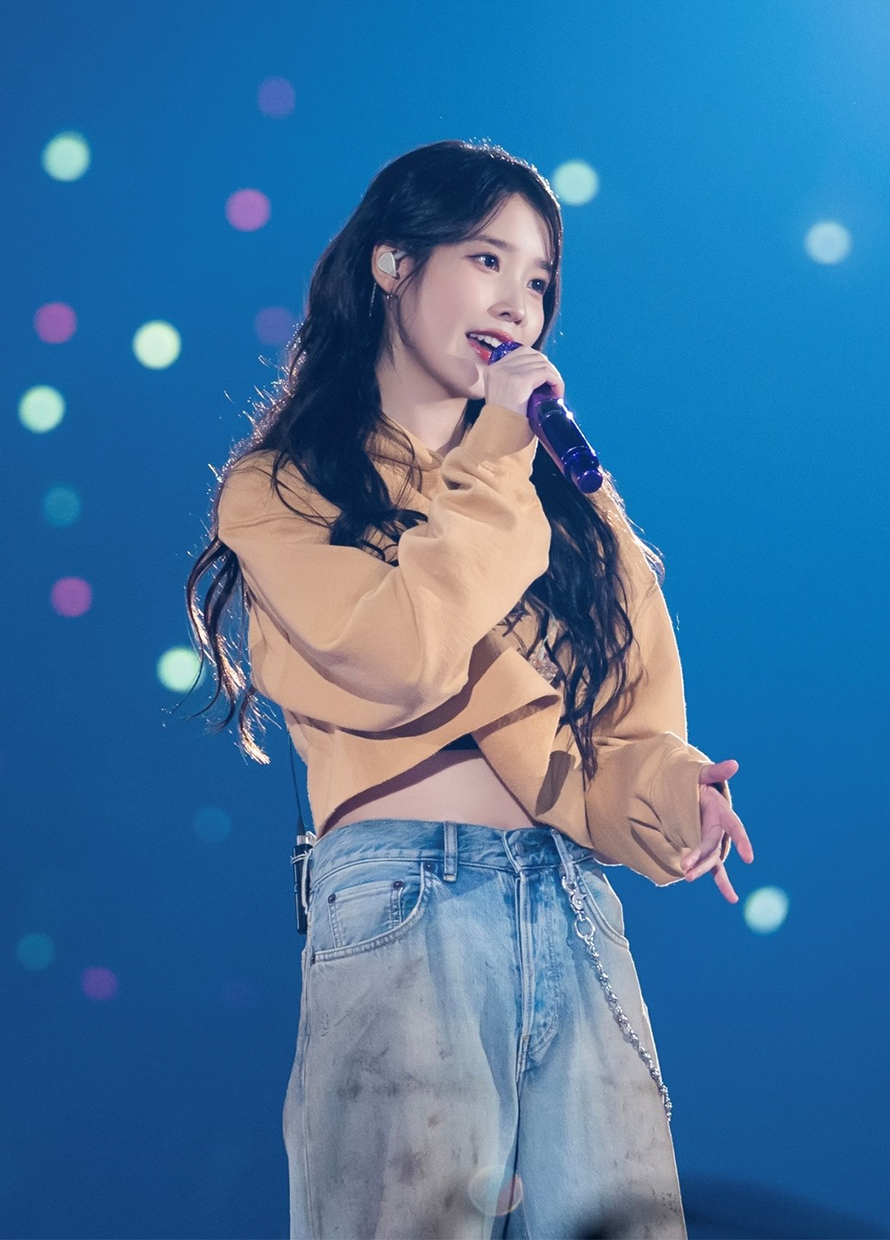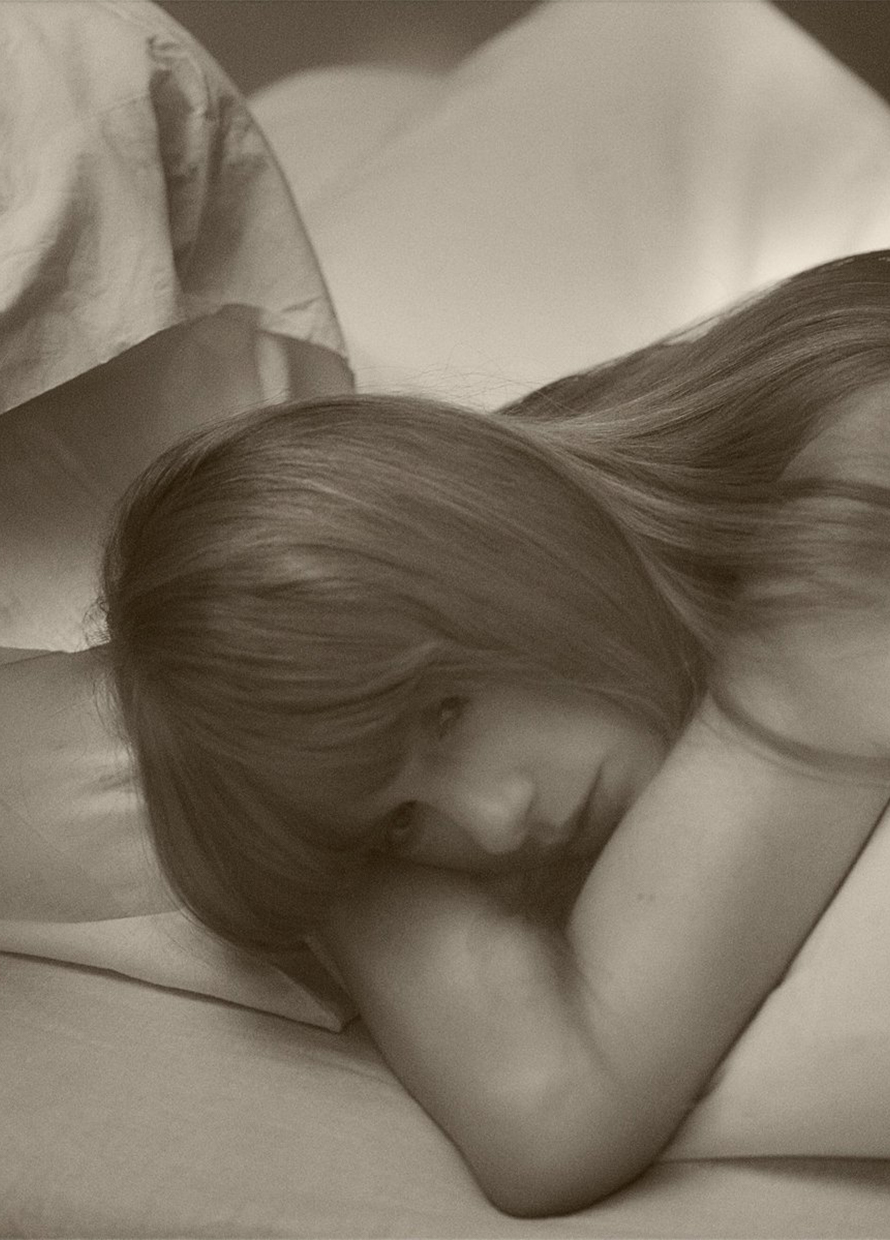What does it take to be a ballerina for the New York City Ballet, according to Unity Phelan
“En Pointe”

Ballet, by nature, is breathtaking. It’s one of the most beautiful forms of art and yet not many realises the amount of work goes into turning fine to finesse. There are still stereotypes and misconceptions about the dance but Puma knows better. Understanding the strength, effort and fitness aspect that revolves around ballet dancers, they’ve partnered with the New York City Ballet (NYCB) to bring the art form to the masses and to inspire women globally to celebrate power, strength and individuality. ‘Do You’.
The collaboration also ties in nicely with the ballet-inspired En Pointe collection which consists of satin sneakers, light sports bras and athleisure products. Thus, the Puma x NYCB tour across Asia and Malaysia is one of the stops. Representing NYCB on the tour is soloist Unity Phelan who scored her big break in Christopher Wheeldon’s American Rhapsody, and so who better to ask about the path to becoming a ballerina than the young dancer.
Hi Unity! So the first question is very simple. How did you get into ballet?
I was a kid with a lot of energy so my family was like, “Get her out of the house!” and it just so happened that my sister had ballet classes; so they thought, “Why not throw her in there too?”. I wanted to be just like my sister so I did it. It required a lot of perseverance but I stuck with it and fell in love with it.
What made you decide to be a professional ballet dancer?
I moved to New York to train at the School of American Ballet, which is the associate school of the New York City Ballet when I was 14. They used The Balanchine Method, a ballet training technique which has so much attack in it and jazz influences. That style of dancing made me feel like I was set free.
But what made you think, “Ok, I need to go to New York and do this”?
I was training at my school in New Jersey and the teachers there pushed me a lot and told me to consider doing ballet right away. It’s usually customary in the US to go to college right after school so they had a conversation with my parents when I was 12 or 13 that I might not go to college immediately because I might do ballet. But I’m doing part-time study now anyway.
Tell us what it’s like to be a soloist at the New York City Ballet.
I love dancing so getting to perform in the New York City Ballet shows and getting to dance them on such a big stage at Lincoln Centre—it’s my favourite thing. I love the energy and working hard at it. Sometimes it makes you feel like it’s going to kill you but it really only makes you so much stronger after that. And being able to explore new facets of myself through new parts and roles is eye-opening.
I saw a video of you dancing in a studio and you looked so graceful (laughs) I can’t do that.
It’s funny because I was telling Emily, the Puma Team Faster trainer, after one of our workouts that she looked so powerful and have so much strength. And she said, “You do too! But it’s different because I’ve seen myself and I’m like grunting while doing it.” But it makes sense because I’m trained to make it look effortless, beautiful and easy—all at the same time.
I’m curious. What are your days like? Do you work seven full days?
We work six days a week and get Mondays off—because in the theatre world, Mondays are called dark days. Same with Broadway. So we, as a ballet company, adopted that too. I work 12 hours a day, from around 10.30 in the morning till 10.30 at night, with three hours off in between for meals and before the show. It’s really gruelling because you’re standing, running and dancing all day long and so when you get home, you’re just exhausted. Hence, I eat a lot of food. I realised this when I first started at the company—if I don’t eat, I’m going to hurt myself because I don’t have enough energy. I eat like five times a day.
So no diet restrictions then.
No, I don’t restrict myself at all. Some people do. But I don’t have a huge sweet tooth and I make sure to eat proper, healthy meals. But if I see ice cream or if I’m craving for cake, I’ll tell myself, “I deserve it.” When we’re off though, I just have three meals.
How long are your breaks for usually then?
Like right now, we’re on a two-week break from the company.
What does one need to have to be a professional ballet dancer?
A lot of drive. To want to be better and get better at it. Ballet is a fickle thing. In one season, the casting director might want someone short and then in the next season, they might want someone tall. Or someone who can jump really high. You never really know so sometimes it’s really luck. There are amazing dancers but they don’t get hired because they don’t match the qualifications of that time. So I’d say it’s a lot of hard work but it’s also luck.
What was the most memorable piece of advice you’ve ever received?
I was pretty close with Janie Taylor who was a principal dancer for us and she told me, “You need to keep going back to school,”—because you can go back and take classes there—”To keep your technique fresh”. I tell people that now too. It’s also a good way to keep you on your toes and have teachers look at your form.
What’s the most common misconception about ballet?
That ballet dancers don’t eat.
Really?
A lot of people think we have crazy diets but it’s not true at all. In our dressing room, we have a snack table full of junk food. Oh, and that ballet is very dainty and pretty. I think ballet is beautiful but it’s so much of the work and sweat that you don’t see as well.
Personally, when I watch a ballerina dance, for example, I sense that there’s a lot of control needed.
Exactly. And that’s what so hard about it because people wonder why our moves look so effortless and easy but in reality, it’s taking so much work to get to that level.
Tell us about this collaboration with Puma.
It’s pretty important because it’s making ballet more visible to everyone and breaking down that wall that ballet is only for little girls. It’s showing people that it’s so strong and powerful and you can do so much with it. Puma really understands that we’re both athletes and artists at the same time so it’s a wonderful collaboration.
Speaking of that stereotype that ballet is only for ‘little girls’—is there gender inequality in the ballet world?
Oh, there’s gender inequality everywhere. In ballet, there aren’t as many female choreographers and directors. Even for positions on the corporate level, the majority of them are men. I think it’s because women in ballet have been taught to be seen and not heard. Hence, we, as women, just need to keep pushing and stay strong. To speak up more, give our ideas and be powerful in our own right.
Actually, one of the founders of the New York City Ballet has this quote that “Ballet is Woman”. So we’re all treated very well and we don’t do the dainty, classical ballets. It usually has the women front and centre, being strong and powerful. We’re really lucky to have empowering ballets and not ones where we play the damsel in distress.
That’s amazing!
And we keep hiring new choreographers where a lot of them are women. It’s great. I think it’s important that we just keep pushing forward. I’m a huge fan when it comes to that.
The Puma x NYCB En Pointe collection is now available in Puma KLCC, Pavilion and Sunway Pyramid. For more updates, follow @PumaWomen and @UnityPhelan; and check out #PUMAMY #DoYou #NYCBallet.
| SHARE THE STORY | |
| Explore More |



